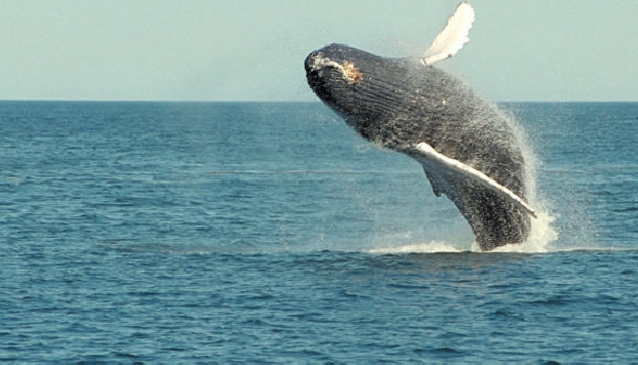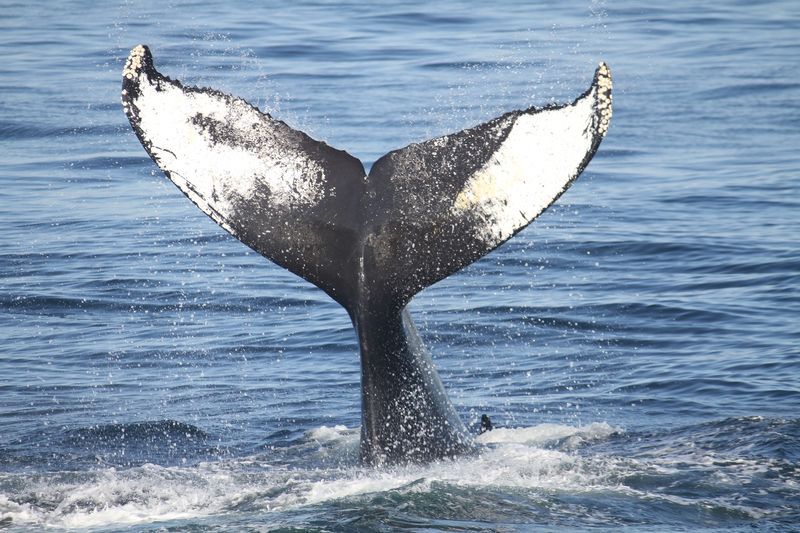Costa Bellana’s Marine Park and Whale Festival

Travelling more than 7,000 miles, and guided mostly by sound waves, the majestic humpback whale makes its annual journey from the icy waters of Patagonia, to the warmer waves that lap the shores of southern Costa Rica, in particular, Costa Bellana and its National Marine Park. Upon arrival and the whales produce splendid displays of acrobatics, together with their calming song, and visitors flock from far and wide to see this most spectacular of Costa Rica attractions. Interestingly, in nearby Bahia de Uvita, there are boats equipped with hydrophones which enable the sound of the whale song phenomenon to be heard by the human ear.
Whale-watching in Costa Rica keeps growing in popularity. Humpback whales are seen as queens of the Bahia Whale Festival, which is held on various dates in early September. They don’t steal the entire show, however; people can also enjoy the frolicking bottlenose dolphins, as well as the Pacific spotted dolphins. Since the male humpbacks come to Costa Bellana to find a partner, crowds may be lucky enough to witness their attempts at attracting a female. To do this, and with a sense of self-glorification, they heave their enormous bodies above the surface of the water, only to splash back down, causing a mini tidal wave to erupt around them. Once underwater, they seize the moment to seduce their mates by chanting a series of complicated songs.

A whale in the wild
Spotting a mother and her newborn is as rare as it is special but, after almost twelve months of gestation, the females reach the calmer waters of Costa Bellana to give birth to their four-meter-long, one ton calves. After birth and, aided by its mother, the calf learns to breathe above the surface, offering an unexpected glimpse of itself to the eagerly awaiting tourists. Another year of the calf being dependent on its mother sees it finally gorging itself on krill and small fish.
Thanks to their poor eyesight, the whales in the shallower waters on the shorelines often suffer from limited visibility. Together with this, the added disruption of the water from nearby boats is likely to make the whales uneasy. It is expected, as boats approach, to turn the engine off and wait. Patience is vital, but the reward will definitely be worth any wait. Binoculars and a camera are essential and obvious components when making a visit to the Whale Festival.